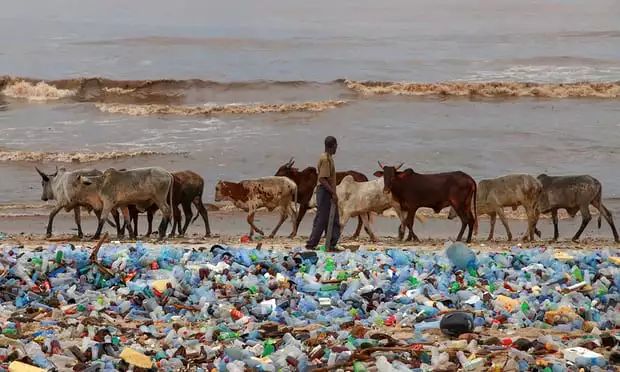In the ever-growing pursuit of convenience and progress, one material has become the bane of our environmental existence – plastic. This ubiquitous substance, once hailed as a marvel of modern engineering, has now become a pressing global concern, with its impact on our planet reaching critical levels. As we grapple with the mounting consequences of our reliance on plastic, the question arises: What are we going to do with you, plastic?
The environmental impact of plastic is undeniable. From the vast accumulation of plastic waste in our oceans to the microplastics that have infiltrated the very fabric of our ecosystems, the toll on our planet is staggering. The sheer volume of plastic produced annually, estimated to be in the hundreds of millions of tons, has overwhelmed our waste management systems, leading to the alarming reality that much of this plastic ends up polluting our natural habitats.
The problem is further compounded by the fact that many types of plastic are non-biodegradable, meaning they can persist in the environment for hundreds, if not thousands, of years. This persistence not only contributes to the physical pollution of our land and waterways but also poses a grave threat to the delicate balance of our ecosystems, as marine life and terrestrial animals become entangled in or ingest these synthetic materials.
In response to this environmental crisis, the call for a more sustainable and environmentally-conscious approach to plastic usage has grown increasingly urgent. Governments, businesses, and individuals alike have begun to recognize the need for drastic action to address the plastic problem.
One of the most promising solutions lies in the promotion of a circular economy, where the concept of “reduce, reuse, and recycle” is not just a slogan but a fundamental principle guiding our production and consumption patterns. By encouraging the development of more sustainable packaging alternatives, incentivizing the reuse and repurposing of plastic products, and improving recycling infrastructure, we can work towards a future where plastic is no longer a burden but a valuable resource.
Moreover, the importance of individual action cannot be overstated. As consumers, we hold the power to drive change through our purchasing decisions and daily habits. By choosing to support businesses that prioritize environmental responsibility, reducing our reliance on single-use plastics, and properly disposing of the plastic we do use, we can collectively contribute to the larger effort of creating a more sustainable future.
The path towards a plastic-free world is not an easy one, but it is a necessary one. As we grapple with the consequences of our past actions, we must embrace the challenge with a renewed sense of urgency and a commitment to environmental stewardship. Only by working together – governments, businesses, and individuals – can we find a sustainable solution to the plastic problem and ensure a healthier, more resilient planet for generations to come.

No Responses